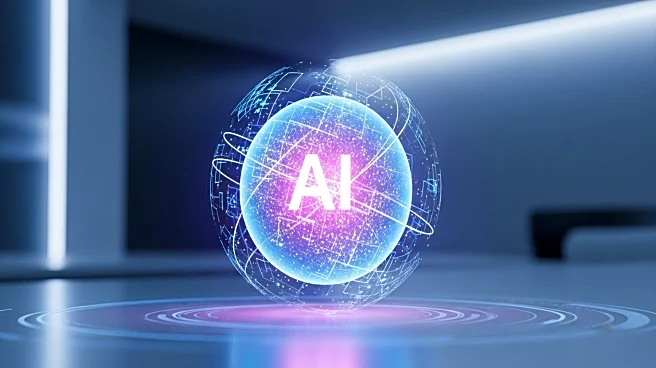What's Happening?
AI chatbots, including popular models like ChatGPT and Google Gemini, are experiencing a phenomenon known as 'AI hallucinations,' where they generate plausible but false information. These hallucinations can range from minor inaccuracies to significant errors, such as incorrect legal citations or misleading health advice. The issue arises from the way AI models predict responses based on statistical probabilities rather than factual knowledge. Despite advancements in AI technology, hallucinations remain a challenge, with newer models sometimes amplifying the problem due to their reasoning processes.
Why It's Important?
AI hallucinations pose risks in high-stakes areas such as law and healthcare, where incorrect information can lead to serious consequences. For instance, AI-generated legal briefs with fabricated citations have resulted in sanctions, and erroneous health advice has led to medical emergencies. The persistence of hallucinations highlights the need for caution when relying on AI for critical information. As AI becomes more integrated into various industries, understanding and mitigating these risks is crucial to prevent potential harm and ensure the reliability of AI systems.
What's Next?
Tech companies are actively working to reduce AI hallucinations through improved model training and prompt engineering. Approaches like retrieval-augmented generation are being tested to enhance accuracy by incorporating real-time information. Additionally, multi-agent frameworks and other methods are being explored to refine AI responses. While complete elimination of hallucinations may be challenging, ongoing efforts aim to minimize their occurrence and impact, making AI safer for use in critical sectors.
Beyond the Headlines
The issue of AI hallucinations also raises ethical concerns about the trustworthiness of AI systems and their role in decision-making processes. As AI continues to evolve, balancing innovation with safety and accuracy becomes increasingly important. The phenomenon underscores the need for transparency in AI development and the importance of user education to recognize and address potential errors.











